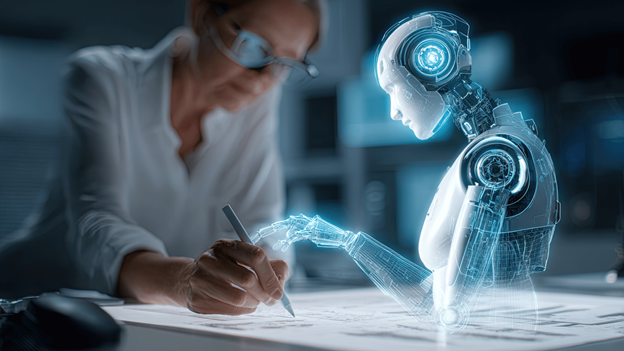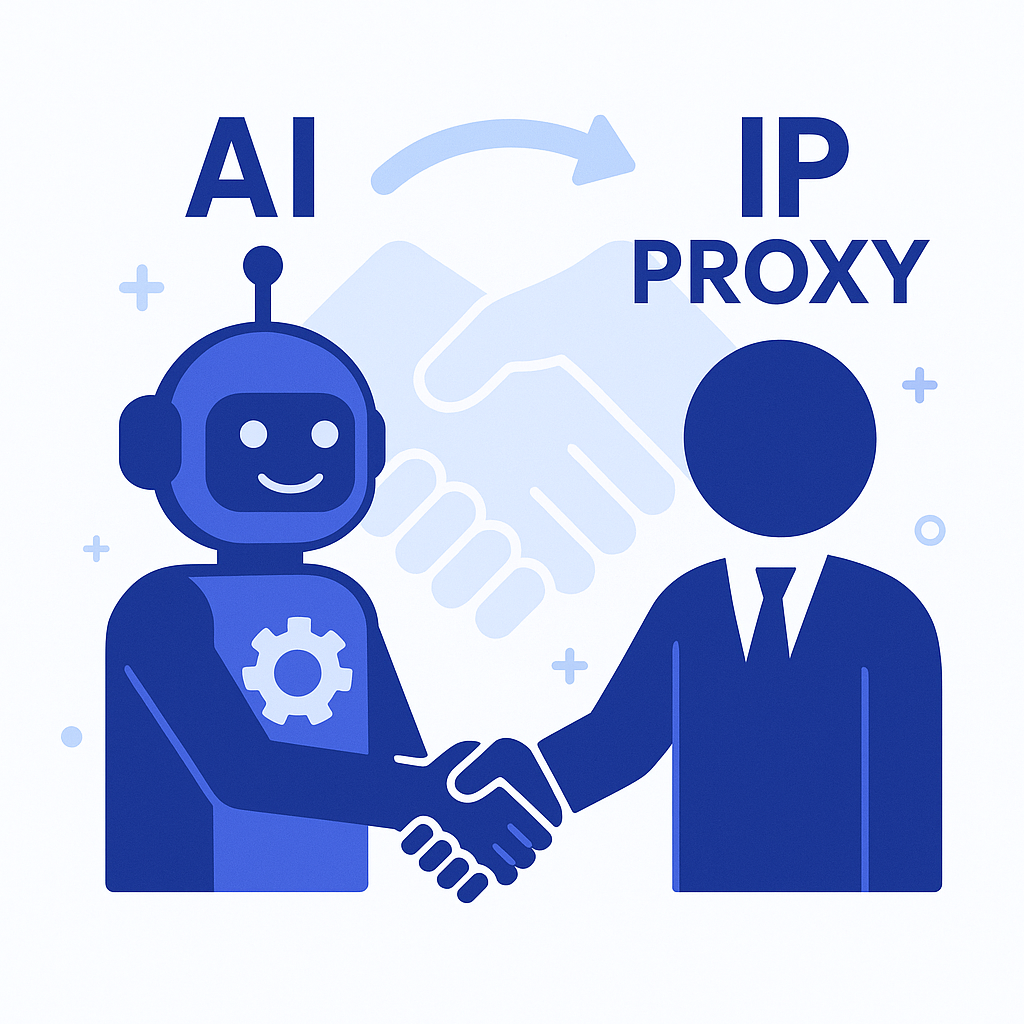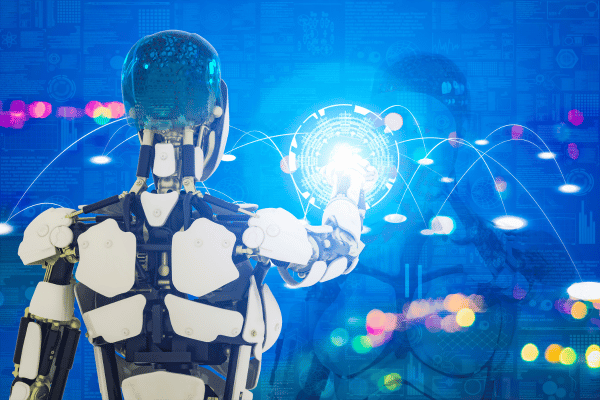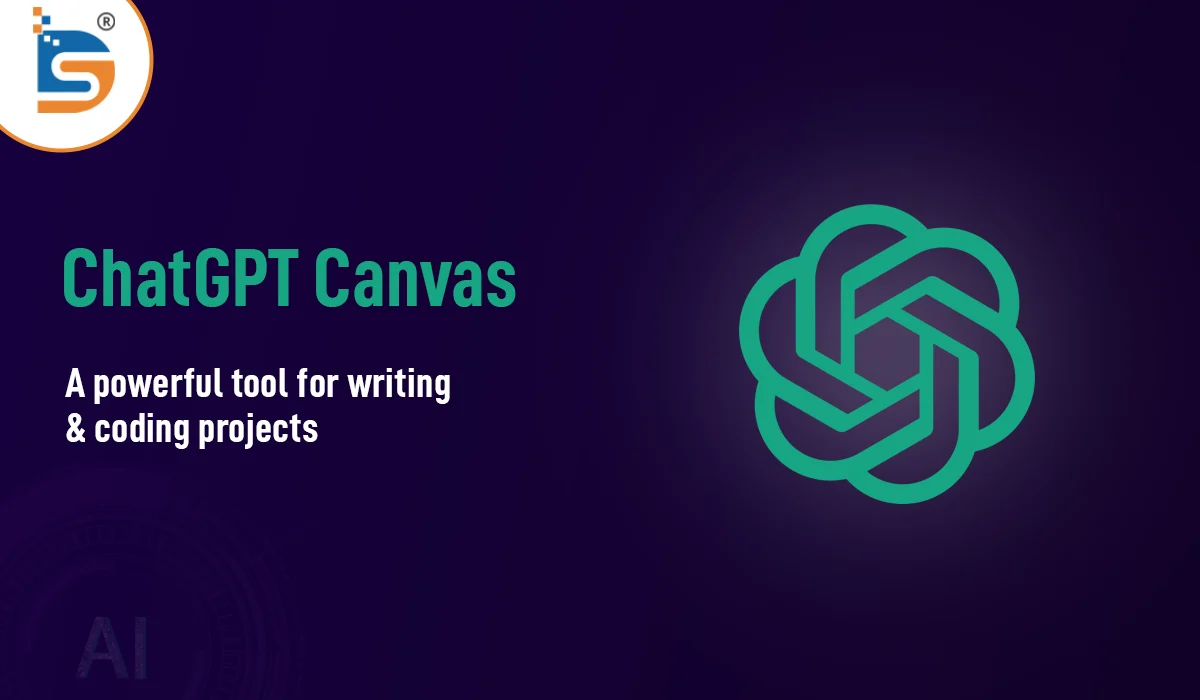How AI is Transforming Safety in Manufacturing – Benefits, Tools, and Industry Impact
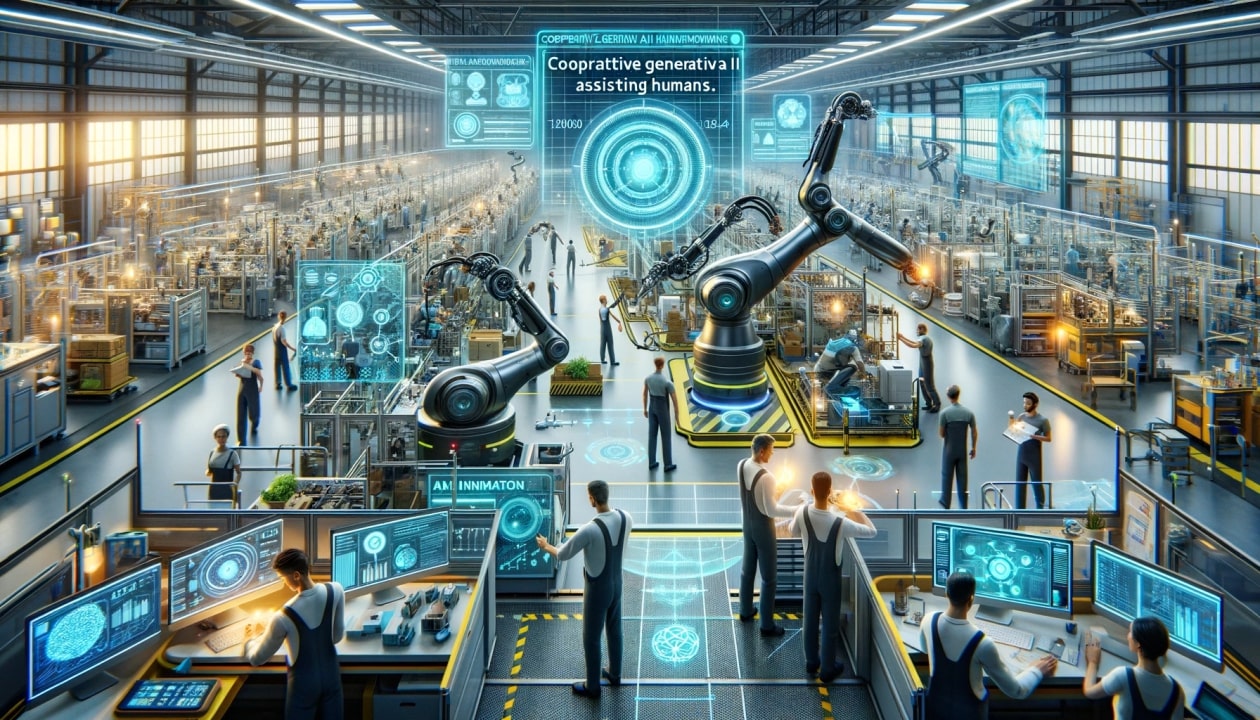
Strong 8k brings an ultra-HD IPTV experience to your living room and your pocket.
The manufacturing industry has always walked a fine line between productivity and safety. While technological advancements have vastly improved output, they’ve also introduced new risks — particularly in fast-paced, high-volume production environments. In response, a new wave of innovation is sweeping across the sector: artificial intelligence (AI) is now being leveraged to improve workplace safety in ways never before possible.
The Persistent Safety Challenges in Manufacturing
From machinery-related accidents and hazardous material exposure to repetitive strain injuries and slip-and-fall incidents, the manufacturing sector is fraught with potential dangers. According to global occupational health statistics, manufacturing consistently ranks among the top five industries with the highest rate of workplace injuries.
Despite existing safety protocols, the sheer complexity of modern manufacturing operations means that many incidents still go unnoticed — or are addressed too late. Traditional safety audits and inspections, often manual and infrequent, can miss emerging risks or fail to respond in real-time.
Enter AI: A Smarter Way to Manage Risk
AI safety solutions offer a new paradigm for managing these challenges. Unlike manual processes, AI systems can continuously monitor environments, learn from patterns, and flag anomalies before they turn into incidents. These tools are increasingly being integrated into existing camera systems, wearables, and machine sensors to create a proactive safety ecosystem.
Some of the ways AI is reshaping safety in manufacturing include:
- Real-time hazard detection: Computer vision algorithms can detect unsafe behaviour, such as entering restricted zones or failing to wear PPE, and issue alerts instantly.
- Predictive analytics: AI can identify trends across incidents and suggest interventions before similar events recur.
- Ergonomic analysis: Repetitive strain injuries, a common issue in manufacturing, can be mitigated through AI-driven posture and movement assessments.
- Fatigue and distraction monitoring: Behavioural AI models can detect signs of worker fatigue or distraction — crucial for roles involving heavy machinery or dangerous tasks.
A New Layer of Accountability and Data
One of the biggest shifts introduced by AI safety tools is the availability of granular, timestamped data. Companies can now track near misses, PPE compliance, zone violations, and equipment usage down to the second. This data doesn’t just support post-incident investigation — it powers smarter, evidence-based training and policy changes.
Moreover, AI systems are unbiased and objective. This fosters transparency and builds trust among workers, who often feel blamed or scrutinised in traditional safety models. With AI, it’s not about who’s at fault — it’s about recognising and mitigating patterns of risk.
Aligning with Industry 4.0
As manufacturers move toward full digital transformation, integrating AI safety platforms is a natural progression. These tools can interface with existing IoT systems, MES platforms, and digital twin models to offer a more comprehensive view of operational health.
Leading companies are already embedding safety intelligence into their broader efficiency metrics. After all, safety lapses don’t just impact worker wellbeing — they cause costly downtime, affect insurance premiums, and damage a brand’s reputation.
Implementing AI Safety Software: What to Look For
For safety managers and operations teams, selecting the right AI safety partner is critical. Important features to look for include:
- Modular integration with current camera and sensor infrastructure
- Computer vision technology capable of detecting diverse safety scenarios
- Behavioural safety modules for promoting long-term cultural change
- Data dashboards and reports for tracking safety KPIs and trends
- Compliance-focused design for industry regulations and standards
One standout solution in this space is manufacturing safety software developed by Protex AI, which empowers companies to proactively manage risk through real-time visual intelligence and automated safety insights.
Cultural Change Through Behaviour-Based Safety
In addition to automation, leading AI platforms are designed to foster a long-term shift in how organisations think about safety. Instead of focusing purely on corrective actions, they encourage behavioural safety practices that engage employees in proactive participation.
For example, rather than punishing a worker for entering a high-risk zone, the system may generate a coaching opportunity or safety alert tailored to the team lead. This kind of real-time intervention helps build a culture of accountability, safety ownership, and continuous improvement.
The manufacturing sector is embracing AI not just as a production tool, but as a guardian of worker wellbeing. As safety becomes more digitised, companies that adopt AI-driven approaches will benefit from more efficient operations, fewer incidents, and a workforce that feels seen and protected.
Note: IndiBlogHub features both user-submitted and editorial content. We do not verify third-party contributions. Read our Disclaimer and Privacy Policyfor details.




